Dongping Lake Scenic Spot
The total area of Dongping Lake Scenic Spot is 627 square kilometers, the annual water surface is 209 square kilometers, the average water depth is 2.5 meters, and the total water storage is 4 billion cubic meters. In ancient times, Dongping Lake was called Polygonum Erwa, Dayeze, Juyeze, Liangshanpo and Anshan Lake. It was only named Dongping Lake in Xianfeng of the Qing Dynasty. It was the only remaining water area of 800 Li Shuipo in The Water Margin. It was declared as a provincial scenic spot by Shandong Provincial People's Government in 1985, and also an important scenic spot in the water margin tourism route launched by Shandong Province.
Basic introduction
Dongping Lake Scenic Spot is a national 4A level scenic spot, and is the only remaining water area of 800 Li water pool in "Water Margin". Dongping Lake Scenic Area is near the Beijing-Hangzhou Grand Canal in the west, Dawen River in the East and the Yellow River in the north.
She used to be an important hub for water transport, but now she has played an important role in water storage and flood detention. The Dongping Lake will play a more important role in the forthcoming East Route Water Conservancy Project of South-to-North Water Transfer Project in China.
Related background
Dongping Lake Scenic Area
mainly includes more than 100 scenic spots such as Shuihu Film and Television
City, Liugong Mountain and Water Margin Dazhai, Juyi Island, Millennium Song
City, Daicun Dam, Lashan National Forest Park, Kunshan Scenic Area, Huangshi
Cliff Scenic Area, Baifo Mountain, Hongding Mountain Cliff Carving and so on.
Among them, Dongping Film and Television shooting base, with Shuihu Film and
Television City as the leader, covers an area of 370 square kilometers, and is
the main scene shooting place of 80 new TV series Shuihu.
Shuihu Film and Television City has been rated as the most shocking Performing Arts in Shandong tourism, the ten best tourist attractions in Shandong in the year of hospitality, and the most competitive tourist attractions in "Brand Shandong". After the successful completion of the shooting of the new edition of Water Margin, Xie Tingfeng's "Swordsman Love" and Zhang Zhiyao's "Chu Liuxiang New Biography" were also filmed here.
More than 20 theatre groups, such as the divination case, will also be stationed. Dongping Film and Television Base will devote itself to building the largest and unique film and television base in Jiangbei, which is known as "Oriental Hollywood".
Liugong Mountain and Water Margin Dazhai is the world's largest water margin Dazhai, known as "the first water margin in the world". Daicun Dam is known as "Dujiangyan in the north of the Yangtze River". Baifo Mountain has the largest Buddha in the Qilu and Sui Dynasties.
Dongping Lake Scenic Area, surrounded by mountains on three sides, has beautiful scenery, known as "small Dongting".
Cultural relics and historic sites are all over the lake. On the East Bank of the lake, Songjiang, the heroic leader of the Marsh, attacked the residence of Dongping Fucheng. There were tombs of Liu Cang, the constitutional king of the post-Han Dynasty and his descendants, and the "Huangshi Cliff", one of the eight ancient sceneries of Dongping.
On the West Bank are the famous old road of Beijing-Hangzhou Grand Canal in ancient China, Shili Mountain, the early gathering place of heroes such as Shuihu hero Zhaogai, Lashan Mountain, the National Forest park, and the monastery "Moon Rock Temple" built in the seven years of Wanli in Ming Dynasty.
On the north bank are Cheng Gong Temple, the Tang Dynasty general Cheng Biojin, the cemetery of the famous peasant uprising leader Chu Bawang, the scenic spot of Mount Huoshan, and the cliff inscriptions of Hongding Mountain written by Andao, a famous monk of the Northern Qi Dynasty.
To the southeast of the lake lies the Lejiao Chiting site built by Taishou Liu Chang in Dongping County during the Song Dynasty. Ouyang Xiu, one of the Eight Great Masters of the Tang and Song Dynasties, went boating on the Liangshan Pool and boarded the Pool Pavilion in Lejiao, where he once wrote, "What is pleasure in Lejiao? What pleasure is pleasure in traveling from the public?" There are mountains to the East and water to the east. There are tables to watch and swamps to play.
Up and down, Zhulan Ying Qingchi, grass and trees are not heavy, green and red with the four seasons. "Lejiao Chiting" was a park at that time. Ouyang Xiu visited the park for several days to express his feelings.
What's the pleasure in Lejiao? Le will come here to play. It can be seen that Dongping Lake is a good place to play in ancient times. Dongping Lake underwater also submerged Qingshui Shiqiao, a bridge built in Sui Dynasty, because of the break of the Yellow River, which formed a Moor and submerged underwater. According to textual research, the bridge was built in the first year of Renshou in Sui Dynasty (601 A.D.). It was 450 feet long, five years earlier than Zhaozhou Bridge in Hebei Province. Gao Shi, a poet of Tang Dynasty, saw the bridge and left a poem: "Sandbank is uncertain, Shiqiao is crossflow of water". Sentence. It is recorded that Shiqiao was submerged in the three years of Xianping in Song Dynasty.
The island in Dongping Lake is called Juyi Island, which is oval. It is said that it was once the imperial road of nine provinces in history. It was guarded by heavy troops. It was a military fortress in all dynasties. It was also the place where the heroes of the Marsh appeared and disappeared. After the legend of "wisdom takes birth", seven water margin leaders, Chaogai, Wu Yong, Gongsun Sheng, Liu Tang and Ruan Shi, came to gather justice in the monastery of the island in order to avoid official arrest. So it is also called Juyi Island.
After Chao Gai died, he was buried on this island. There was a temple on the island called Guan Yin Tang. Because Chao Gai loved plum blossoms before he died, in memory of Chao Gai, later generations changed the name of Guan Yin Tang to Tibetan Mei Temple.
The original bell in the temple is called "sister bell" together with the bell in the courtyard of Dongping Mansion. It strikes one of the bells, while the other bell is in harmony.
Now the monastery has been destroyed. Only bell racks, ruins and broken tablets remain. There are also "Yuyuan Pavilion" ruins left on the island.
Yuyuan Pavilion is a famous poet in Tang Dynasty. It was built by Taishou Suyuan Ming in Dongping County. After completion, he invited Puyang Taishou, Lujun Taishou, Jinan Taishou and Jiyang Taishou to come to Yuyuan Pavilion for drinking and enjoying the scenery. When they saw the beautiful scenery, they called Dongping Lake "Xiaodongting". In his poems, he said to Zhongsu Yuanming, "Xiaodongting leads the ark, the wind drifts away from the advection; leading the ark into Xiaodongting Pavilion, the clouds drift away slightly", meaning that ships follow suit. The rope drives into the "small cave court", the gentle wind blows on the water, and the pale white clouds connect the cliff of the shore to form a spectacular picture.
Su Zhe, a Song Dynasty writer, passed Dongping Lake (Liangshan Po) at night, and was intoxicated by the beautiful night of "Xiaodongting", leaving behind the beautiful verse of "more need for the moon to shine, listen to the sound of fishermen paddling".
The natural scenery of Dongping Lake Scenic Area attracted many literati and poets of past dynasties. Li Bai, Han Yu, Bai Juyi, Li Shangyin, Xin Qiji and other scholars have left many well-known poems.
Dongping Lake is the remains of 800 miles of water pool in "Water Margin". The opening words of Shi Naian's book "Water Margin" write: "Tibetan tiger leopard in Wanzi City, Jiaolong in Polygonum Wat", which is now Dongping Lake. Water Margin heroes and soldiers, fighting for righteousness and money, killing the rich and helping the poor, have all appeared in this area. Hundreds of years have passed. Although the scene of the water margin heroes and Liang Shanbo heroes has not been seen, the stories and legends about Water Margin heroes and heroes of Liang Shanbo are still widely circulated in this area.
Legend has it that at the end of the Song Dynasty, when Song Jiang was in charge of Yacheng County, he led officers and soldiers to carry grain by boat. When he came to this waters, he suddenly saw more than a dozen small boats pressing grain boats. In a short time, he loaded grain bags into the boat and sailed to Ludang.
In fact, more than a dozen boats were led by Zhu Gui, a hero of Liangshan. Songjiang and Zhu Gui had eight friendships. They had a deep sense of righteousness with the heroes of Liangshan. They had already agreed to rob food on water. After robbing food, Songjiang and Zhu Gui distributed food to the poor people in Anshan area.
So the local people put together money to build a stone tablet for Songjiang. In order not to be discovered by the government, there was no inscription on the tablet. Now the stone tablet is on the South Bank of the lake. Unfortunately, only half of the stone tablet is left, and it has become a broken stone tablet.
The hometown of Ruan Sanxiong in Water Margin is Shimiao Village on the West Bank of the lake. Shimiao Village was originally called Shijie Village. There are seven Ruan brothers, each with strong martial arts, fearing violence, killing the rich and helping the poor. Several brothers make a living by fishing. Four brothers left the world one after another, leaving only Ruan Xiaoer-2, Ruan Xiao-5 and Ruan Xiaoqi. As their brothers resisted the government and killed the fishing tyrants, they were known by Wu Yong, a peasant rebellion Army division in Liangshan Po, and visited Shijie village several times to invite the three brothers to join in the uprising. After several conspiracy, Ruan's three brothers readily agreed to join Wu in running to Chaogai. After the "Birthday Outline of Wisdom", they ran to Liangshan with Chaogai.
Ruan Xiao-2 and Ruan Xiao-5 were feudal Yilang. After Ruan Xiao-7 was under the control of the Heavenly Army, they were framed by others and returned to this place. They still made a living fishing. After 60 years of age, they left the world. In memory of the three brothers of Ruan, local people, especially the Ruan clan, built the "Sanxian Temple" in the village.
Nowadays, there is still a folk song in this area: "Wu visited Sanxian with Shijie, Shuipo Liangshan turned upside down, the heroes of the world gathered in righteousness, and the people raised their eyebrows in the sky".
Dongping Lake Scenic Area will attract tourists from home and abroad to come here for sightseeing with more beautiful scenery.
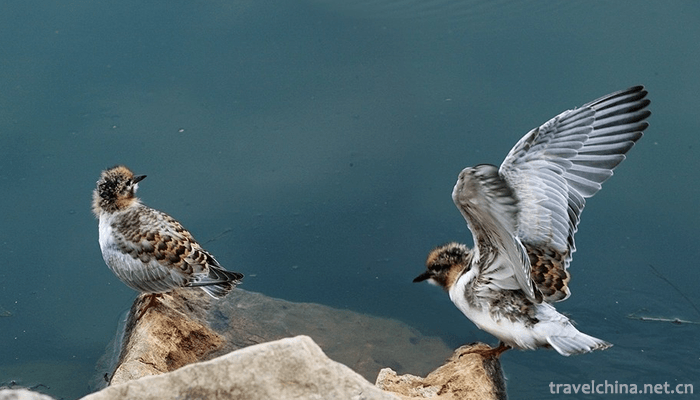

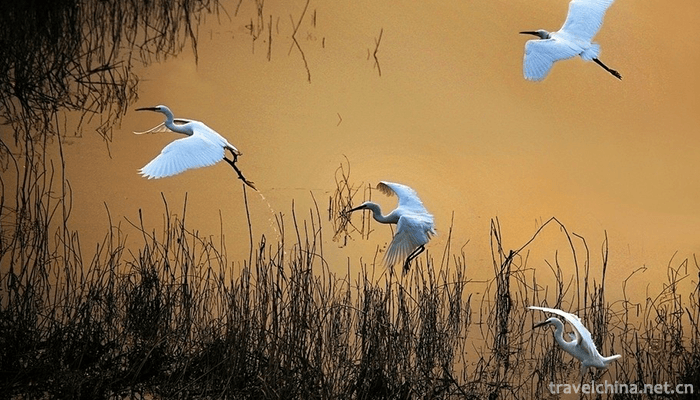

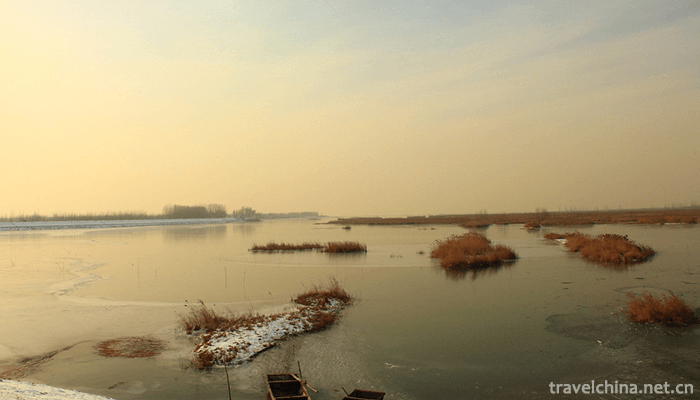
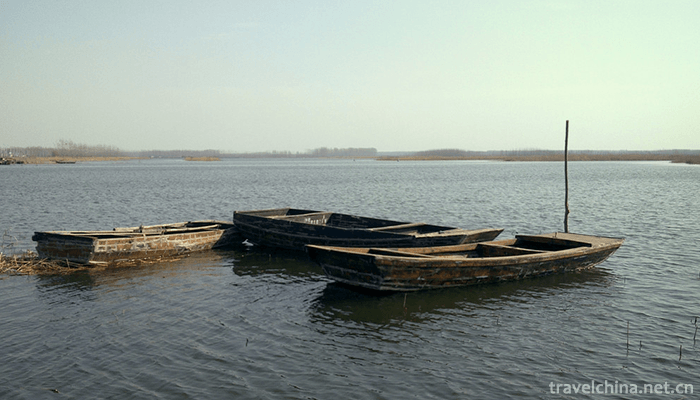
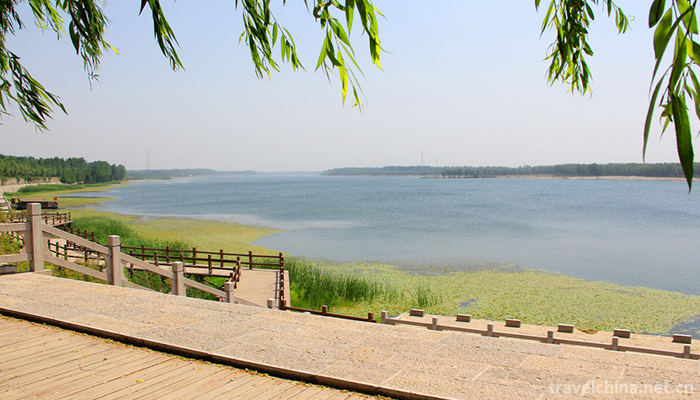
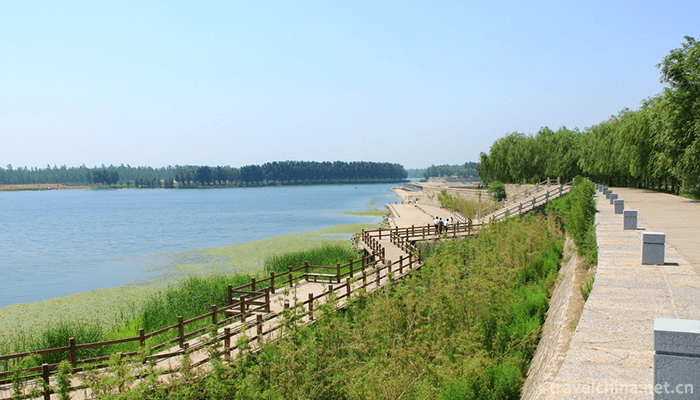
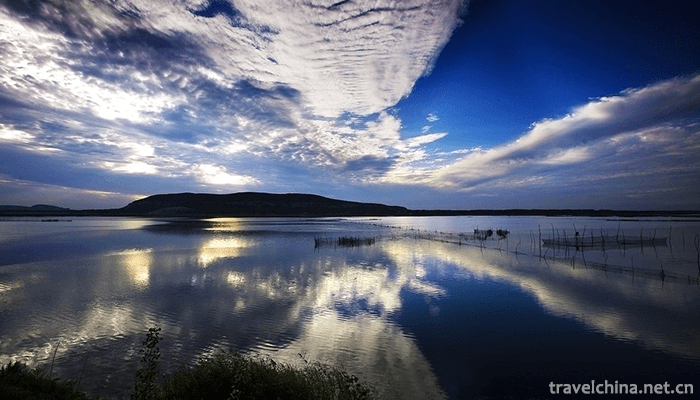
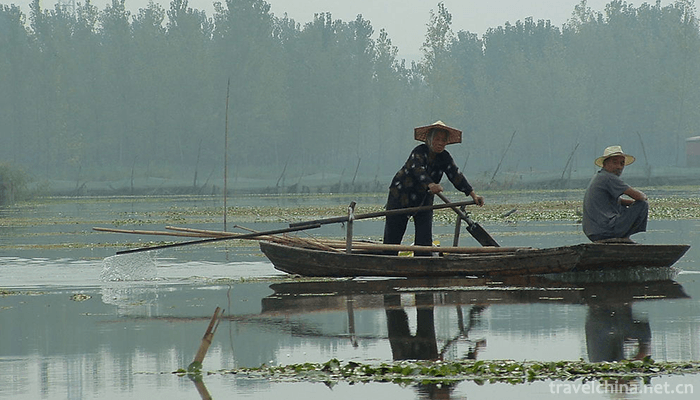
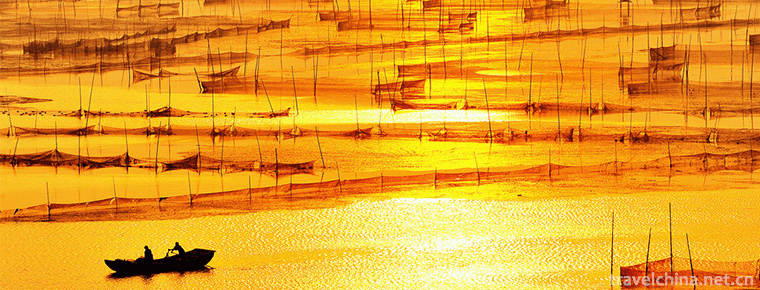
-
1.Qiqu Mountain Scenic Area
Qiqu Mountain Scenic Spot is located about 9 kilometers north of Zitong County, Mianyang City, Sichuan Province. It is located at the southern end of Jianmen Shudao Scenic Spot.
Time 2018-12-17 -
2.Chongli Wanlong Skiing Ground
Wanlong ski resort is located in Honghua Liang, Chongli District, Zhangjiakou City, Hebei Province. It covers an area of more than 30 square kilometers, with the highest elevation of 2110.3 meters and
Time 2019-01-06 -
3.Kuqa Wangfu Scenic Area
Located in Kuqa County, Xinjiang, the "Kuqa Wangfu" was built by Emperor Qianlong of Qing Dynasty in 1759 by dispatching Han craftsmen from the mainland in order to commend the local Uygur l
Time 2019-01-29 -
4.Little wild goose pagoda
Xiaoyan Pagoda is located in the Jianfu Temple of Anrenfang, Chang'an City, Tang Dynasty (now the southern suburb of Xi'an City, Shaanxi Province), also known as the "Jianfu Temple Pagoda".
Time 2019-02-25 -
5.Baoan Waist Knife Forging Techniques
Baoan waist knife forging technology, Gansu Province Jishishan Baoan Sala Autonomous County traditional handicraft, one of the national intangible cultural heritage.
Time 2019-04-04 -
6.Shaman Dance of Ewenki Nationality
Shaman dance of Ewenki nationality is a traditional dance of Ewenki nationality. It is a national cultural heritage of China and is spread in Genhe region of Inner Mongolia Autonomous Region.
Time 2019-04-28 -
7.Song and dance duet
Errentai is commonly known as Dual Items, two classes. Originated in Shanxi and growing up in Inner Mongolia, it is a traditional opera popular in the central and Western Inner Mongolia Autonomous Reg
Time 2019-04-29 -
8.Kazakh medicine
Since the pre-Qin Dynasty, the Kazakh people have multiplied and lived in the vast grasslands and some agricultural areas in Northwest China. They have accumulated rich medical experience in productio
Time 2019-05-02 -
9.Throw stones Lock
Throw stones Lock is an ancient martial arts skill item, which originated in the Tang and Song Dynasties. It has been widely circulated among the Hui people in Kaifeng for a long time. During the Qing
Time 2019-05-13 -
10.Manchu Ergui wrestling
Ergui wrestling is a traditional Manchu folk dance spread in the urban and rural areas of Longhua County, Hebei Province. It was formed in the late Qing Dynasty (around 1820 A.D.) and flourished betwe
Time 2019-05-17 -
11.Dairy Products Production Techniques
Mongolian phonetic translation. Mongolian drinks. Also known as "white food", that is, dairy products. Milk, mare's milk, goat's milk, camel's milk, cream of milk skin, cheese, dried milk, s
Time 2019-06-07 -
12.Surface painting
Water and land painting Festival is a traditional religious painting. Originated in the Three Kingdoms Period, Buddhist monasteries prevailing from the Jin Dynasty to the Yuan, Ming and Qing Dynasties
Time 2019-06-15